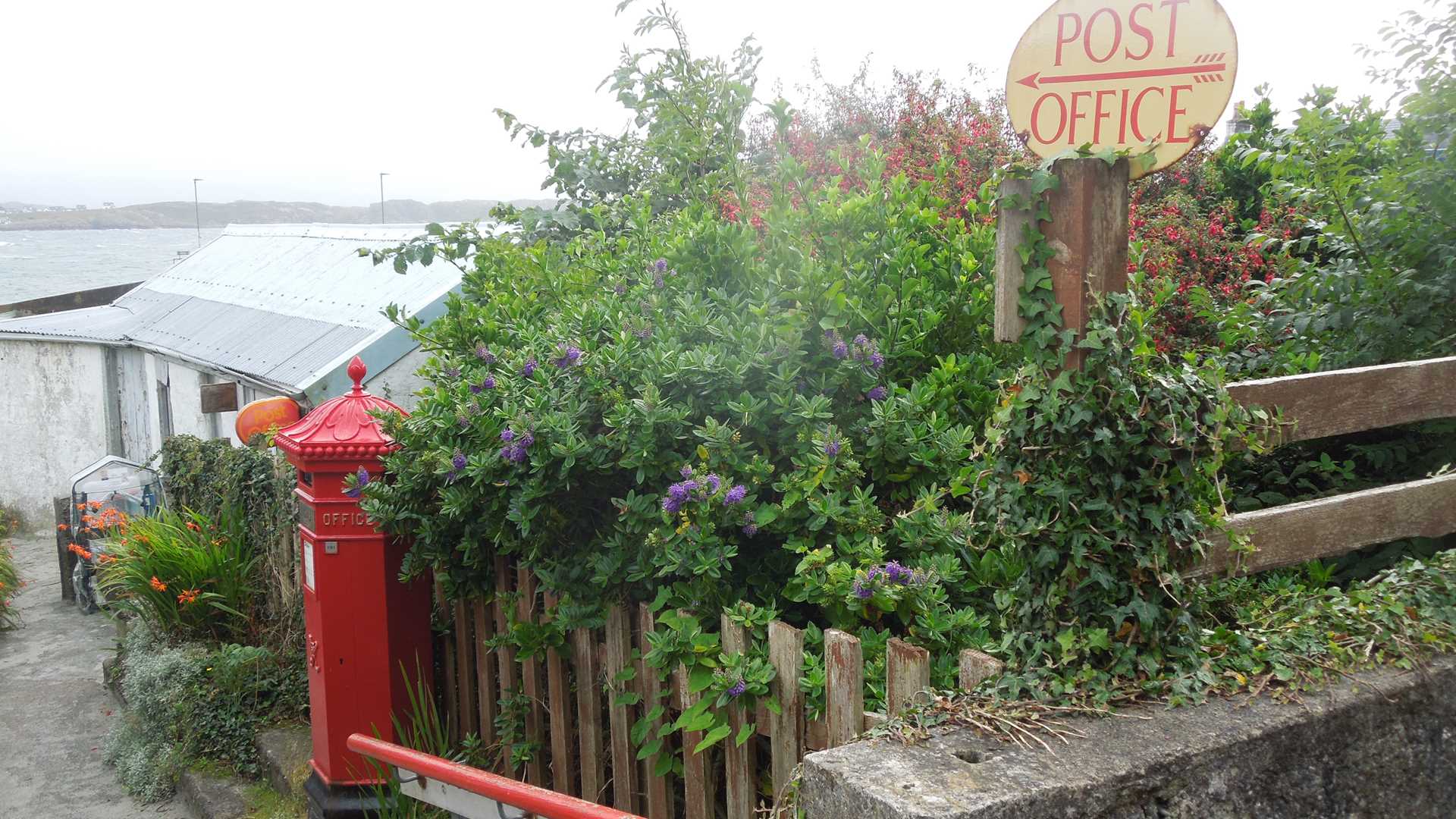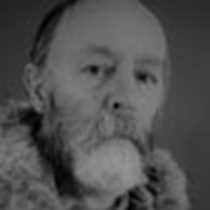We left our berth in Oban Harbor during breakfast and sailed into the choppy waters away from the mainland toward the Isle of Mull. Upon arrival in Craignure, Mull, we quickly transferred to our awaiting coach for the 80-minute drive across Mull to the tiny port of Finnphort and the ferry for Iona.
The scenery along the way was classic Highlands and Islands—mist-shrouded mountains, great swaths of bracken, heather-clad hillsides, the occasional stag, waterfalls aplenty. Our coach driver gave an interesting commentary on Mull, which gave us a good understanding of life here.
At Finnphort, we only just made it to the ferry on time. The crossing from the Isle of Mull to the Isle of Iona takes only ten or so minutes, but the swell of the water and the strength of the wind made this a rough and bumpy ride. However, we succeeded in getting safely ashore where we assembled into several groups, each one led by a staff member, and set off to the restored abbey buildings. The buildings are famous throughout Europe, thanks to the early Christian Saint Columba who landed here in 563 AD. It is truly an inspiring place, steeped in Celtic mysticism and Christian history. Just walking through this sacred landscape was a thrilling yet humbling experience.
Early afternoon saw us back on Mull and heading along the long, single-track road we had taken earlier in the day. Our destination now was the impressive and substantial Duart Castle, home of the chieftain of the MacLeans. The wind was blowing strong on the high headland occupied by this twelfth-century structure, but we found shelter in the courtyard leading to the castle interior. We enjoyed a self-guided tour of this building which, like everything else in Scotland, is steeped in history.
Toward late afternoon, we boarded the coach and headed to Tobermory, the main town of Mull and where Lord of the Glens would overnight.
After dinner, we heard a presentation from the Hebridean Whale and Dolphin Trust representative. The trust studies and researches the cetaceans of this part of Western Scotland. It was an eye-opener, learning of the many different species of whale and dolphin that ply these waters. The HWDT is widely respected for their scientific research on these native sea mammals and it was a pleasure to end the day on the high note of learning about this organization’s important work.







